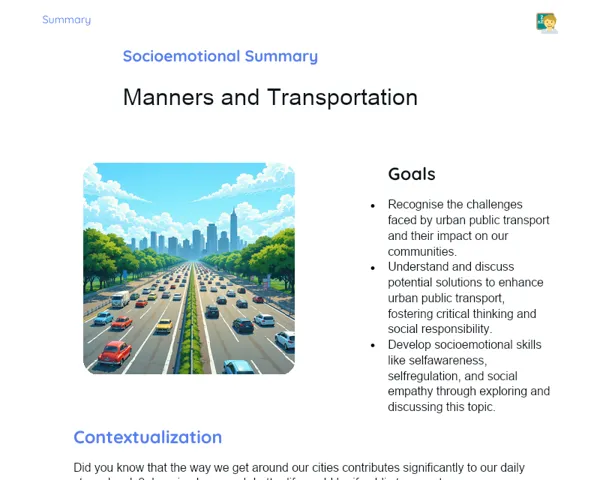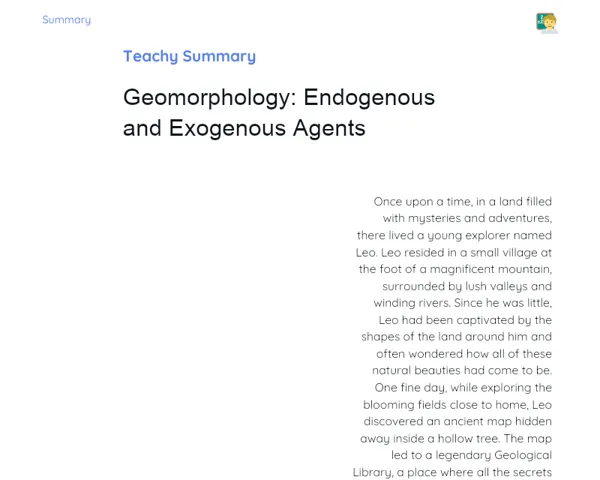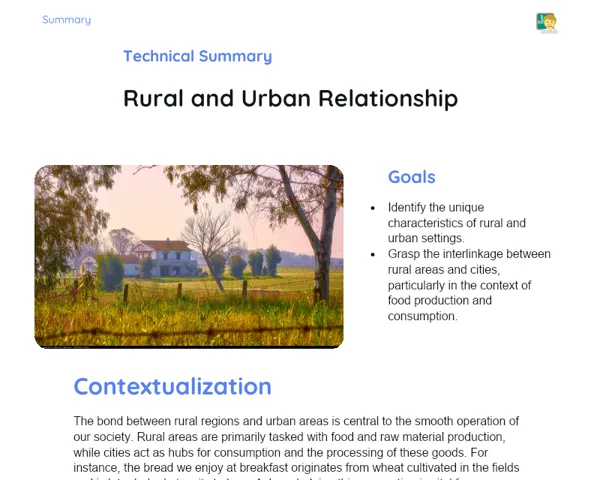Summary Tradisional | New World Order
Contextualization
After World War II, the world experienced various geopolitical, economic, and cultural shifts that marked the beginning of what we refer to as the New World Order. International organisations like the UN were established to foster peace and collaboration among nations, while regional economic groups such as the European Union and Mercosur emerged to enhance trade and regional economic integration. Globalization, propelled by advancements in technology and communication, also played a pivotal role in connecting economies and cultures globally.
In this context, the New World Order is marked by an increasingly intertwined global landscape, where happenings in one country can significantly affect others around the world. International trade has become a critical component of the global economy, enabling access to goods and services from diverse origins. Simultaneously, new political alliances and cultural exchanges shape international relations and influence people’s daily lives, from the products they buy to the cultural trends they embrace.
To Remember!
International Trade
International trade involves the exchange of goods and services across borders. It's a vital aspect of the global economy, allowing countries to import items they can't produce efficiently while exporting those in which they have an edge. Importing and exporting are the primary channels of international trade, overseen by tariffs, quotas, and trade agreements that aim to either facilitate or restrict the flow of goods.
Beyond physical goods, international trade also encompasses services, including tourism, consulting, and IT. Multinational corporations play a crucial role here, setting up subsidiaries and partnerships globally to refine their operations and tap into new markets. The World Trade Organization (WTO) plays a key role in overseeing and promoting international trade.
The advantages of international trade include a broader range of products for consumers, job creation, and economic growth. However, it brings challenges too, such as unfair competition, dumping, and over-dependence on foreign markets, which can leave economies susceptible to global downturns.
-
Opens up access to products and services from various origins.
-
Regulated through tariffs, quotas, and trade agreements.
-
The World Trade Organization (WTO) oversees and promotes international trade.
Economic Blocs
Economic blocs are groups of countries that forge trade and economic agreements to enhance regional integration. Noteworthy examples include the European Union (EU), Mercosur, the Association of Southeast Asian Nations (ASEAN), and the United States-Mexico-Canada Agreement (USMCA). These blocs aim to lower or eliminate tariffs, ease trade flows, and promote economic collaboration.
The EU is one of the most integrated economic blocs, operating with a common currency (the euro) and aligning economic and social policies among its members. On the other hand, Mercosur prioritises reducing tariffs and boosting trade within South America, though it doesn't reach the same level of political and economic integration as the EU. Every economic bloc has its distinctive traits, objectives, and challenges.
Economic blocs present numerous benefits, such as increased regional trade, attracting foreign investment, and fostering peace and cooperation among member nations. Nonetheless, they also grapple with reconciling varying national policies and adapting to the ever-changing global economy.
-
Fosters regional integration and economic cooperation.
-
Examples include the European Union, Mercosur, ASEAN, and USMCA.
-
Advantages encompass elevated regional trade and drawing in foreign investment.
Globalization and Cultural Alignments
Globalization refers to the process of growing connectivity and interdependence among nations, driven by technological, transportation, and communication advancements. This trend encourages the exchange of goods, services, information, and cultures on a worldwide scale, making national borders less relevant. Globalization significantly impacts each country's economy, politics, and culture.
A prominent aspect of globalization is cultural exchange, where ideas, values, and cultural practices flow between societies. This can result in the formation of a shared global culture, where cultural traits from various regions are embraced and adapted by other societies, such as the rise of Korean pop music (K-pop) or the global appeal of Japanese cuisine.
However, globalization may also lead to the erosion of local cultural identities as traditional customs are replaced or integrated into foreign cultural practices. This acculturation process can stir up tensions and conflicts, particularly in communities where cultural traditions are integral to national identity.
-
Emphasises interconnection and interdependence among nations.
-
Encourages the exchange of goods, services, information, and cultures.
-
May lead to shared global culture while risking the loss of unique local identities.
New Political Alignments
New political alignments refer to shifts in alliances and relationships among nations that have arisen in response to the New World Order. The formation of new international partnerships, the onset of geopolitical tensions, and the role of global organisations are critical aspects to consider. Following WWII, bodies like the United Nations (UN), the International Monetary Fund (IMF), and the WTO were established to promote international cooperation and manage interactions among countries.
The UN plays an essential role in mediating disputes and advocating global peace and security. Meanwhile, the IMF and WTO are fundamental in overseeing international economic relations, offering financial support, and establishing guidelines for global trade. These organisations mould political and economic alliances, influencing both national policies and global interactions.
Additionally, new political alignments reflect the continually shifting balance of power, with emerging nations gaining prominence and challenging traditional powers. This environment presents opportunities for collaboration but also creates challenges that need to be addressed through diplomatic means and international frameworks.
-
Signals changes in alliances and relationships among countries.
-
Organisations like the UN, IMF, and WTO are instrumental in promoting international cooperation.
-
Highlights the ever-evolving dynamics of global power.
Key Terms
-
New World Order: Geopolitical, economic, and cultural transformations following World War II.
-
International Trade: Exchange of goods and services across national borders.
-
Economic Blocs: Groupings of countries fostering regional economic integration.
-
Globalization: The growing global interconnection and interdependence.
-
Cultural Exchange: Sharing of ideas, values, and cultural practices among societies.
-
World Trade Organization (WTO): Body overseeing and encouraging international trade.
-
European Union (EU): Highly integrated economic bloc.
-
Mercosur: Economic bloc concentrating on South American trade.
-
United Nations (UN): Worldwide organisation working for peace and security.
-
International Monetary Fund (IMF): Organisation providing financial support and managing international economic relations.
Important Conclusions
In this lesson on the New World Order, we explored the significance of international trade, economic blocs, globalization, and new political alignments. We saw how international trade enhances access to products and services from diverse sources and the importance of institutions like the WTO in overseeing these exchanges. The discussion on economic blocs, particularly the EU and Mercosur, illuminated their roles in fostering regional integration and economic cooperation. Globalization was addressed as a catalyst for cultural exchanges and the development of a global culture, while also posing risks to local cultural identities. Lastly, we unpacked new political alignments and highlighted the vital roles of bodies like the UN, IMF, and WTO in supporting international cooperation and managing global relations.
The importance of this topic is reflected in its direct influence on the global economy, politics, and culture, affecting everyday aspects such as the consumption of imported goods and the embrace of foreign cultural influences. Understanding these concepts sheds light on the dynamics that shape our modern world and the interactions between nations. It’s crucial for students to grasp the New World Order to recognise the opportunities and challenges that arise in our interconnected global environment.
We encourage learners to further explore this theme, as a nuanced understanding of these issues is essential for developing critical and informed citizens. The interconnectedness of the global landscape and the ongoing shifts in international relations highlight the need for a solid grasp of the frameworks and processes that guide these interactions.
Study Tips
-
Review supporting materials and notes from the lesson to reinforce your understanding of the topics.
-
Stay updated with current news regarding international trade, economic blocs, and globalization to see their real-world relevance.
-
Read articles and books on geopolitics and international economics to expand your knowledge and gain diverse insights on the New World Order.



